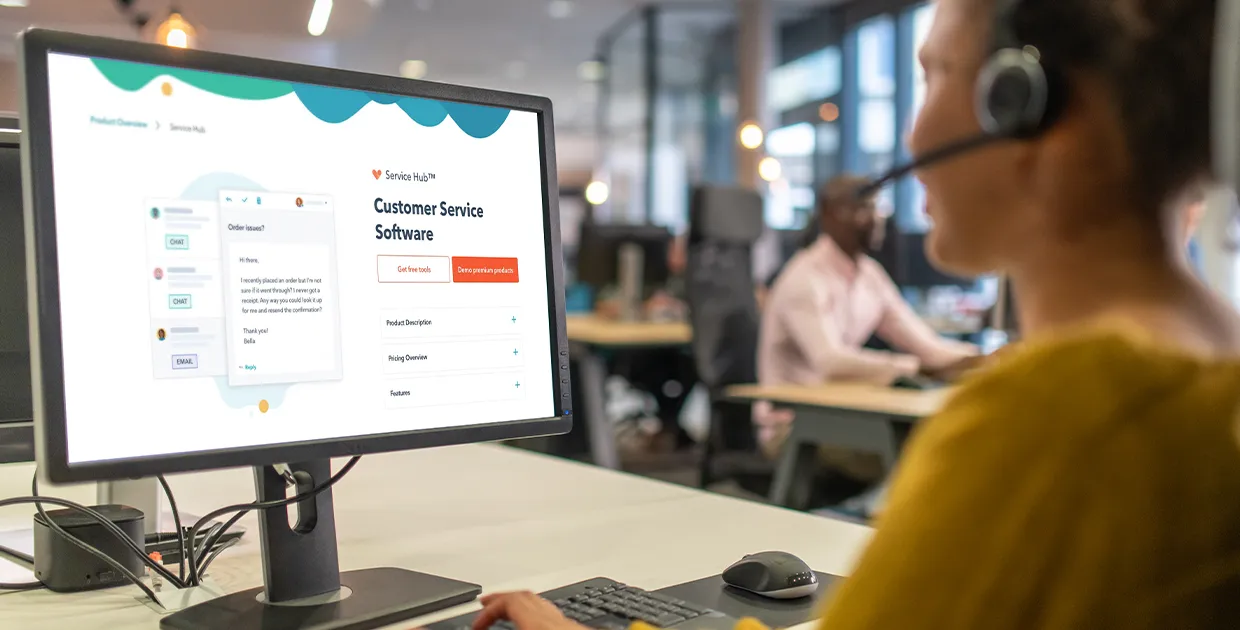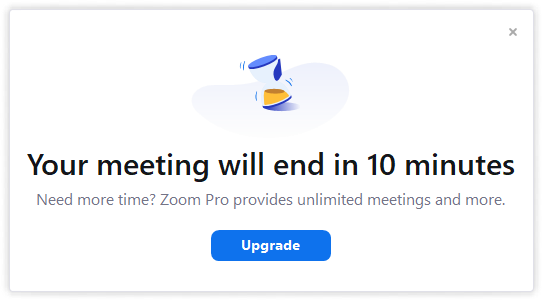Among the many SaaS growth metrics that drive key decisions for companies, arguably the most critical one is Customer Lifetime Value, known as LTV. To measure the effectiveness of a B2B SaaS growth strategy, LTV can indicate how sustainable the growth can be. One of the methods that stands out as a powerful approach to increase LTV is focusing on Product-Led Growth (PLG). Strategies that center around PLG allow the product itself to generate acquisition, retention, and upselling opportunities for SaaS businesses. This article explores successful examples of LTV-boosting B2B SaaS growth marketing executed through PLG strategies.
What is Customer LTV?
LTV is the projected revenue a customer will generate during their entire relationship with a company. It serves as a measure of how much value a company gets out of each of their customers. A simple way to calculate it is to multiply the average revenue per user by the expected customer lifespan. A higher LTV allows a business to invest more in both acquisition and retention tactics. When it comes to B2B SaaS growth, LTV is essential in guiding a company’s playbook.
What is Product-Led Growth (PLG)?
Product-led growth SaaS models allow users to experience value through direct interaction with the product. PLG is effectively a go-to-market strategy where, unlike sales-led or marketing-led models, the primary driver of customer acquisition, activation, and retention is the product itself. In products where a high-quality user experience is able to encourage adoption and engagement, leveraging PLG is a rewarding approach for increasing LTV. PLG strategies are key to building loyalty and can generate organic growth.
PLG Strategies with Examples
Low-Friction Onboarding Process
When onboarding users, a vital metric to track is ‘time-to-value’ (TTV), which indicates how quickly users are able to understand how their problems can be solved by the product. Guided walkthroughs, in-app tooltips, and checklists are ways to help users reach their “aha moment” with minimal friction.

Dropbox’s onboarding flow is an example of how to onboard users with a quick TTV. Within minutes, users are able to upload their first file. Tooltips and simple progress indicators help make the process engaging and rewarding. The frictionless experience builds confidence in customers about their ability to use the product, making it an easier decision for them to adopt it. Successful onboarding is the first step to LTV SaaS growth.
Drive Habit Formation with Nudges
Plenty of recent psychology literature emphasizes how significant habits are – one bestseller that comes to mind is Atomic Habits by James Clear. Knowledge on the formation of habits can actually play a role in B2B SaaS growth. Keeping engagement consistent enough for usage to become habitual will lead to your product becoming indispensable to users. This provides a boost for retention.

Slack does this well with their feature of providing ‘weekly activity summaries’ that remind users how important the product was in communicating with their teams. They also provide notifications reminding users to visit channels with unread messages, and suggesting integrations with other tools. These nudges reinforce how valuable the product is, creating a habit to check it regularly and fostering long-term usage.
Proactive Churn Prevention
Churn can be seen as the villain of businesses – the rate at which customers stop doing business with a company over a given period. A high churn rate means that a company is struggling to retain customers and can indicate poor customer satisfaction. Churn is also part of the calculation of LTV, making it one of the SaaS growth metrics that needs the most attention. To ensure that LTV continues to grow, churn should be mitigated by using analytics to identify customers with declining usage patterns who are at risk of abandoning the product, and intervene before they do so.

HubSpot tracks engagement metrics to send tailored in-app messages when a user’s activity drops. They also offer direct support from their customer success team to resolve any issues a user may be having. Their proactive outreach helped to reduce their churn rate and increase retention for their product.
Upselling Through In-Product Expansion Path
A key to increasing LTV SaaS growth fund metrics is to upsell and increase average revenue per user. Through PLG, this can be done by having the product guide users toward premium features, or increased access to features. These built-in pathways ensure that users are naturally driven towards expanding their usage, creating a self-service approach to upselling.

Zoom is effective at generating demand for upgrades from their free tier to their paid tier. They encourage users to upgrade so that they can extend their maximum meeting, or have a larger capacity of participants. Users who frequently host meetings on Zoom and want to do it at a larger scale will be inclined to pay for the upgrade.
If these ideas helped you brainstorm how to improve your B2B SaaS growth strategy, please share this article and stay tuned for more from Elevatips – thank you for reading!

Leave a Reply